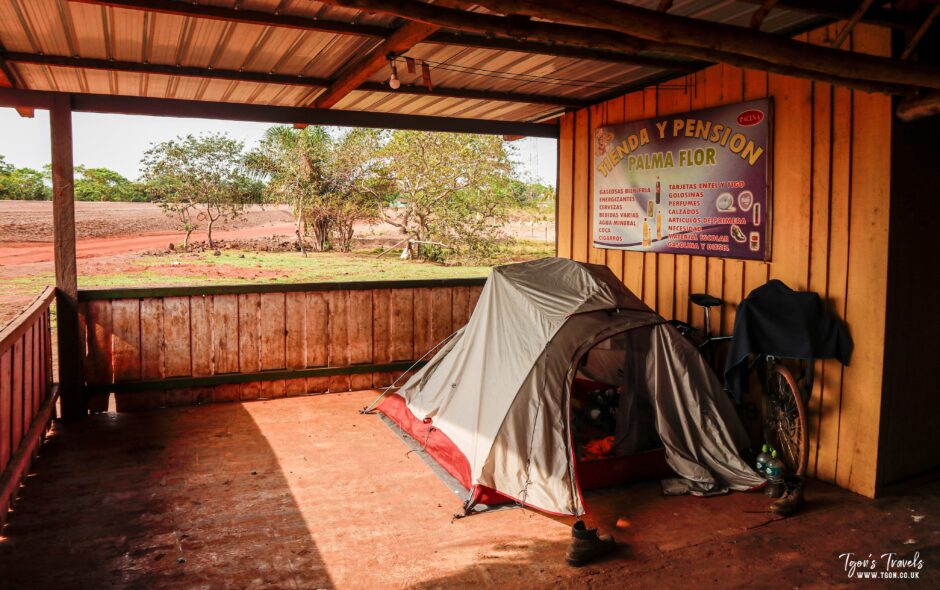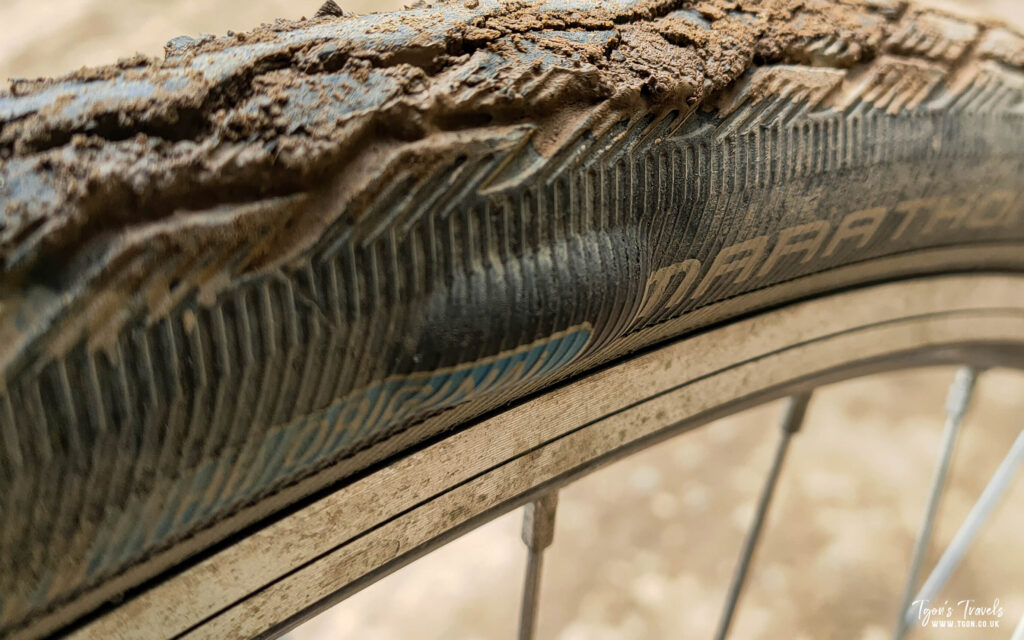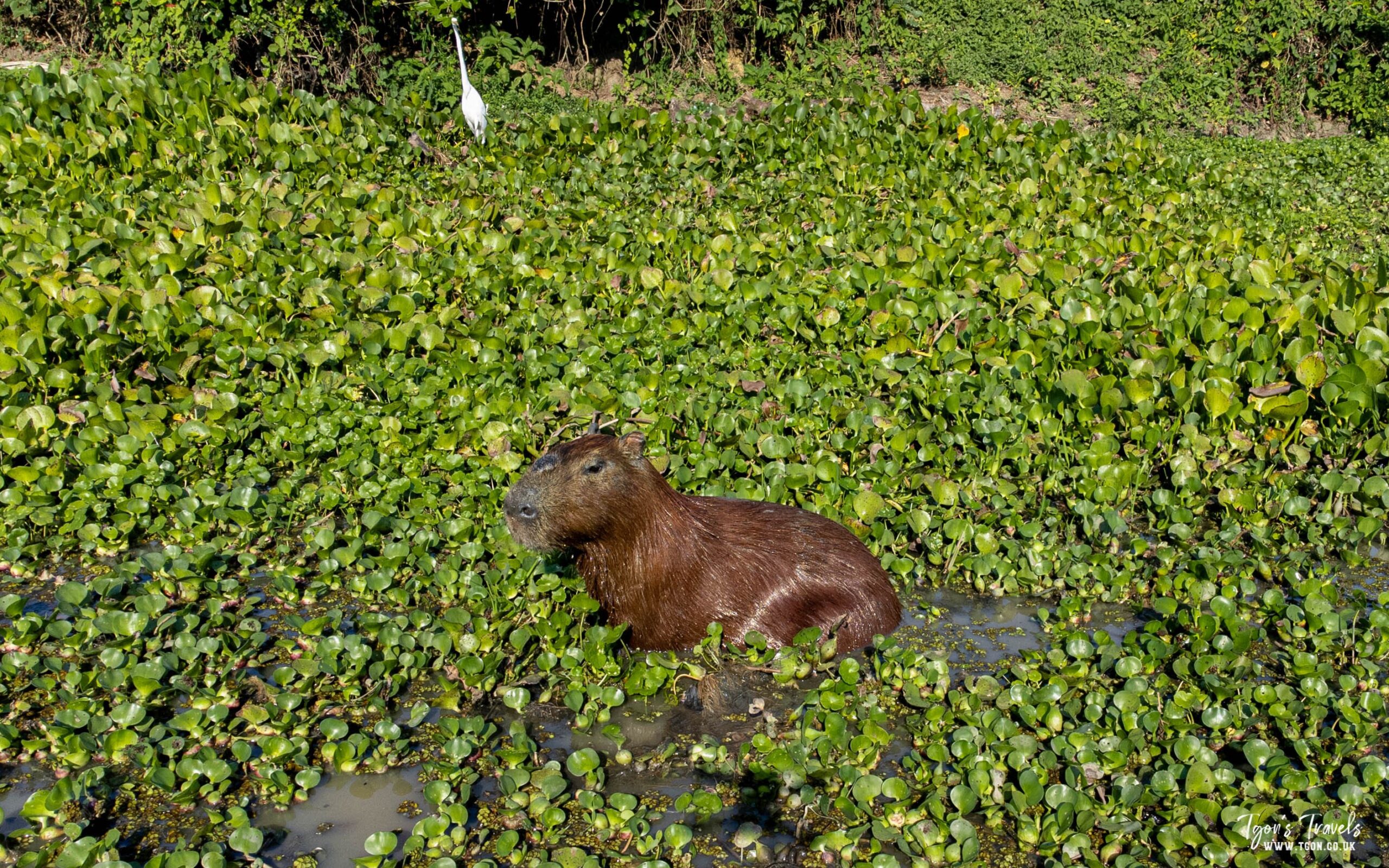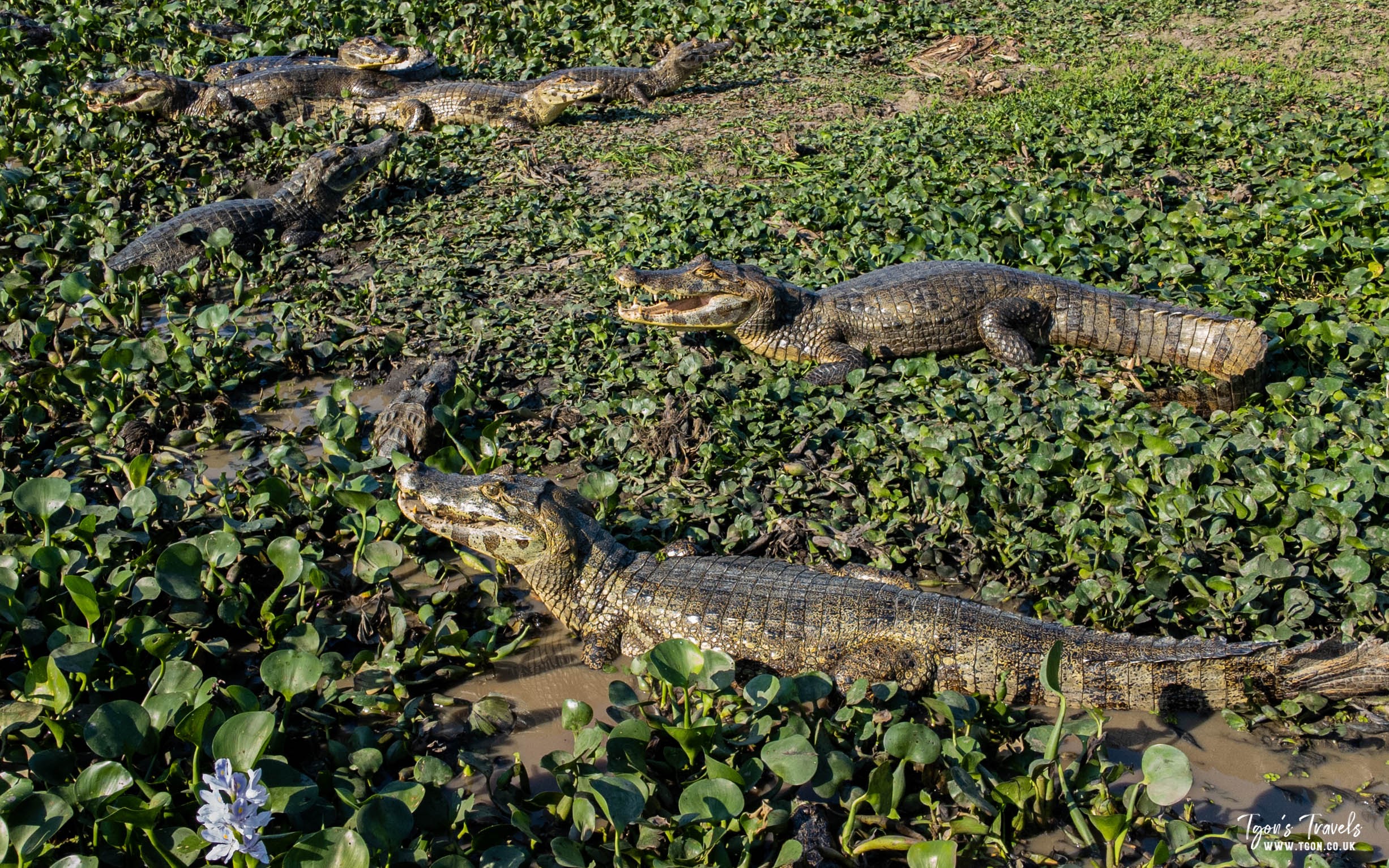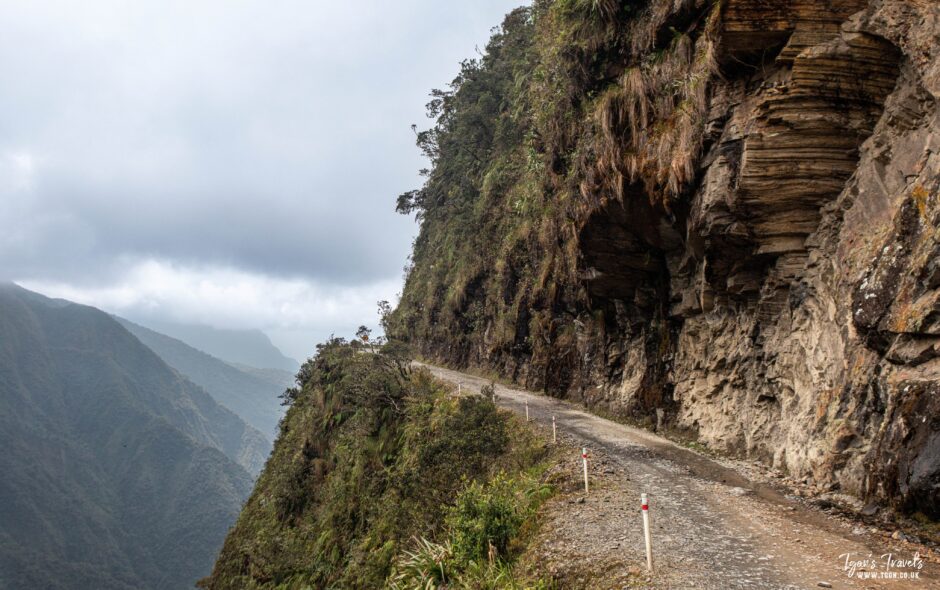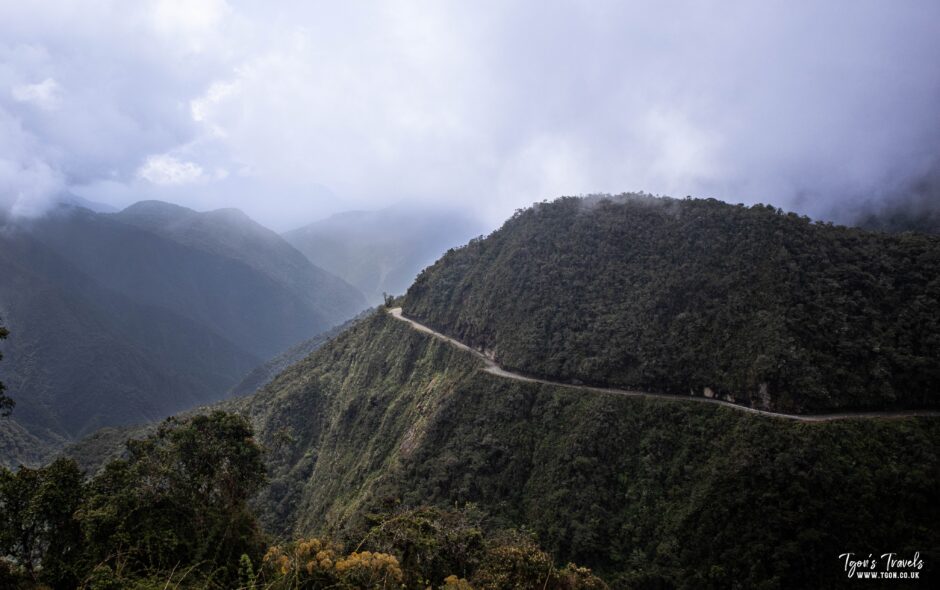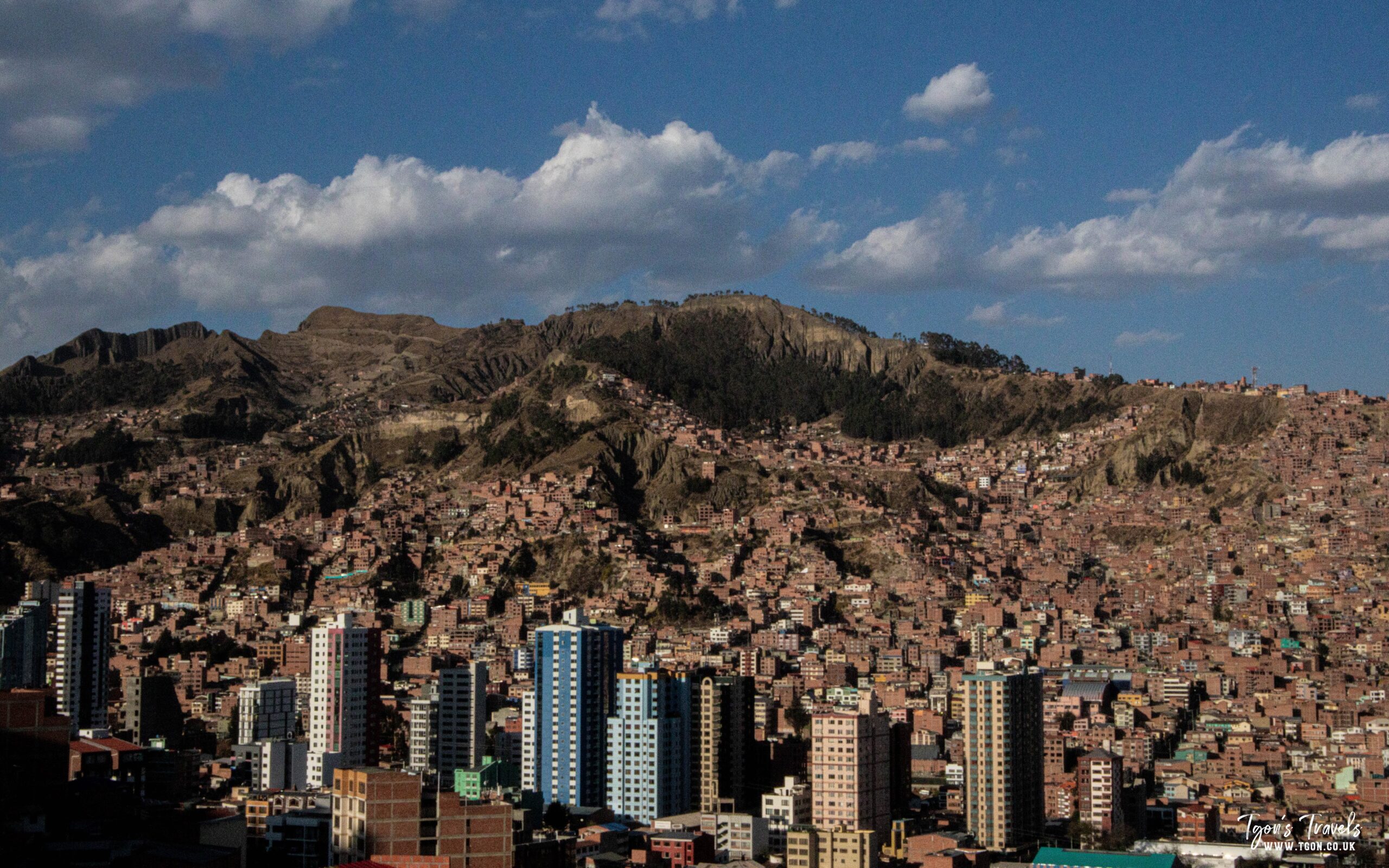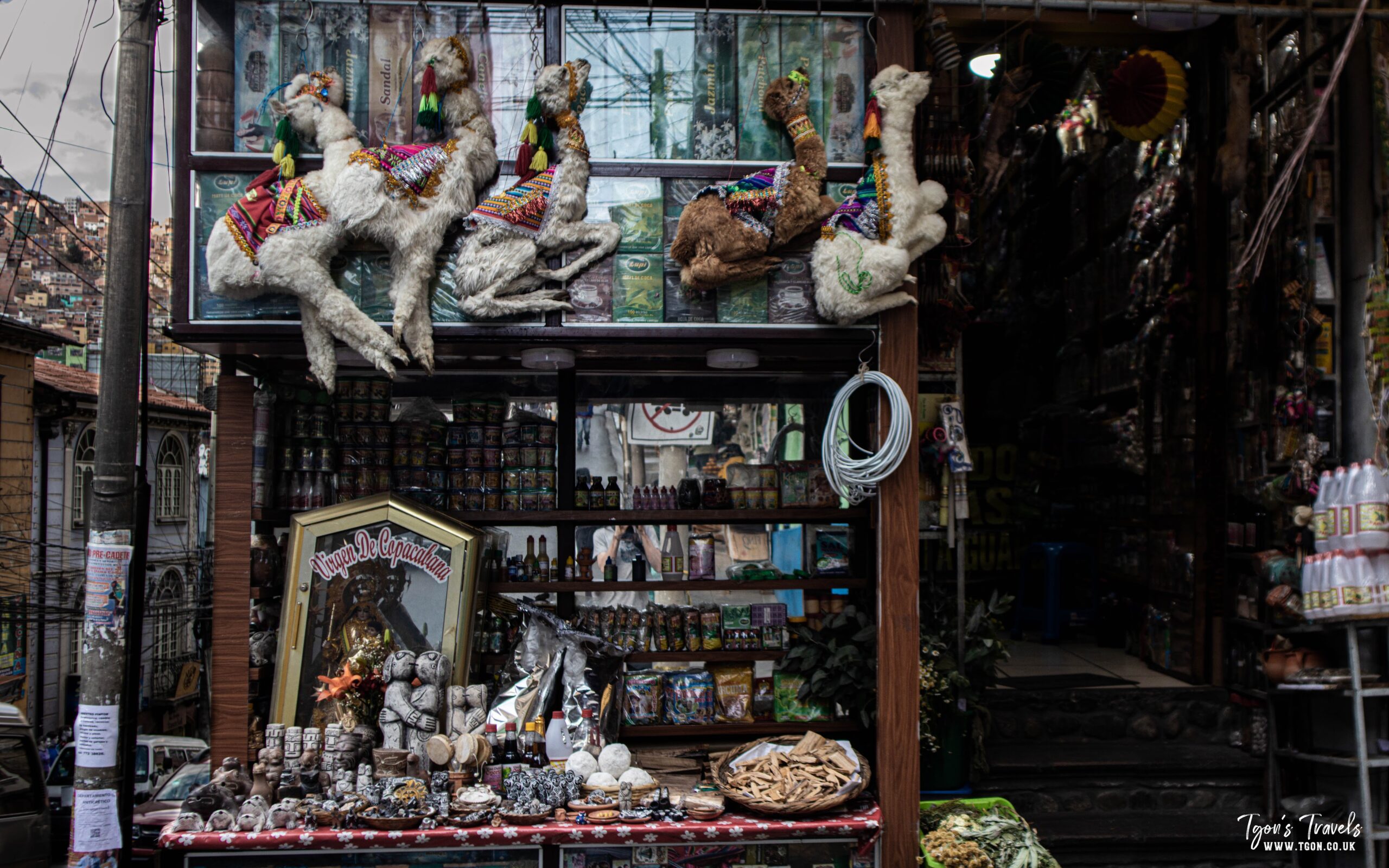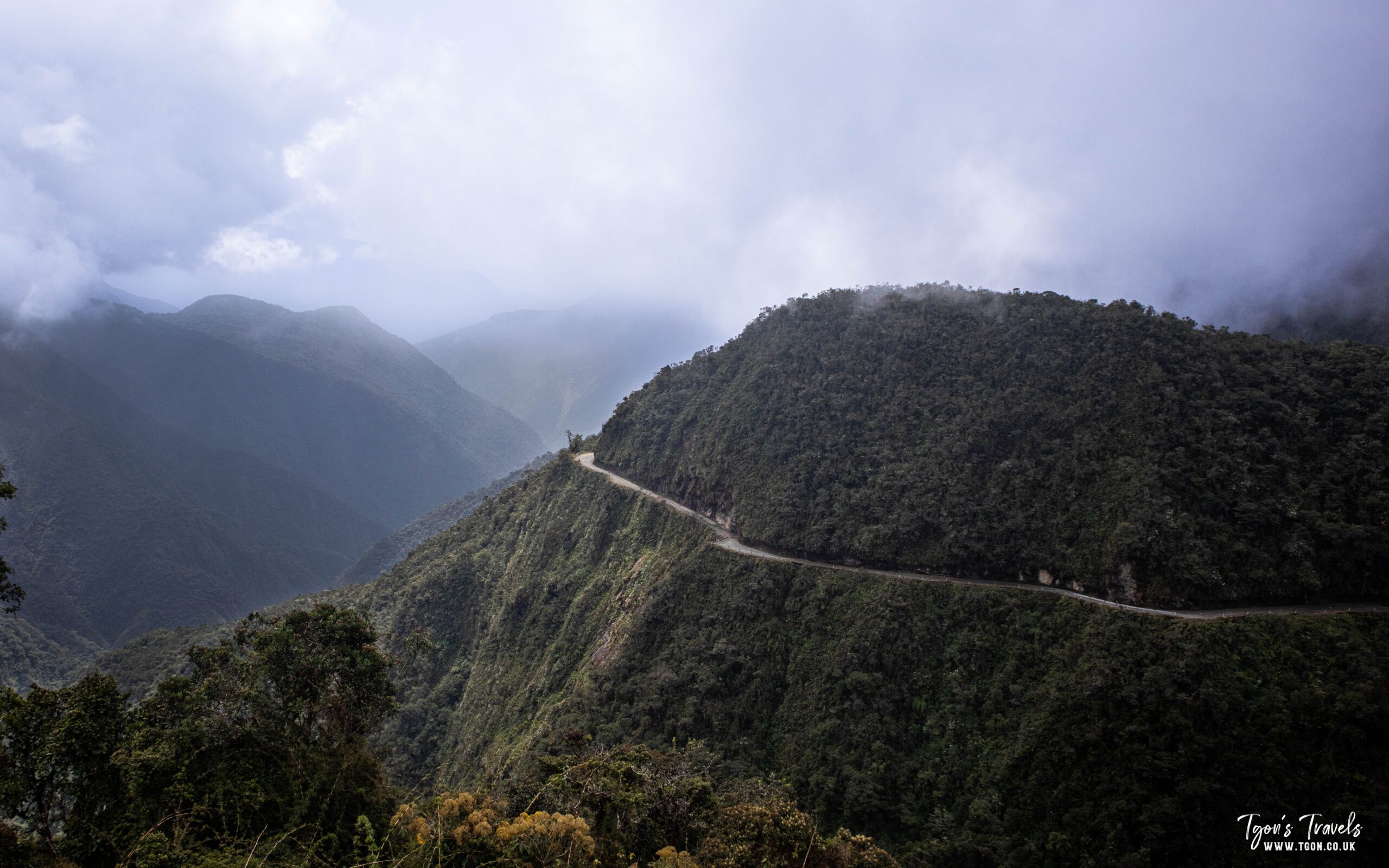At the end of my last vlog I arrived in the town of Santa Rosa. I wasn’t looking forward to the next part of this route. Yuri had told me that it was a bad road. Not necessarily because of the road surface, but because it was boring. Knowing this, I tried to get a bus up to the end of the road. Unfortunately, after waiting for more than an hour, I was told that the buses on this road don’t take bicycles. So I tried to stay positive and set off to cycle north.
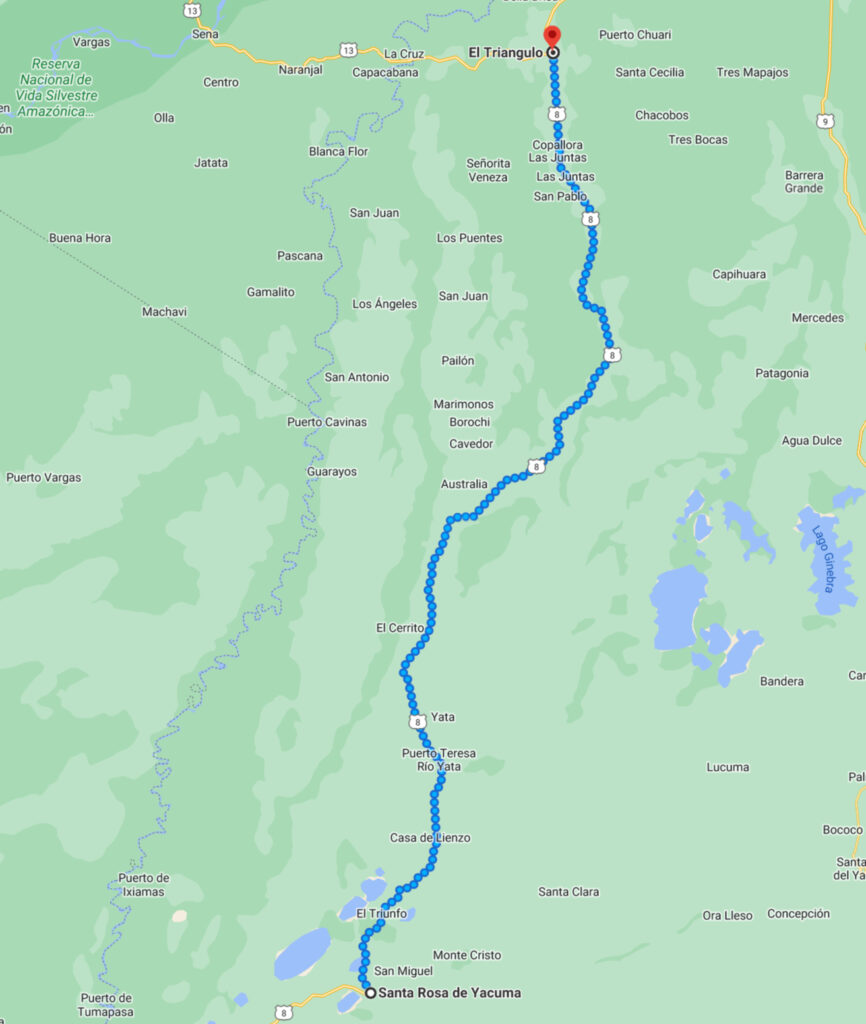
The Long Road North
The road I was had to take was from Santa Rosa to El Triangulo. This doesn’t actually take me all the way to the Pando region. But the junction that turns to get there. Its 350km of road that is under construction. As I cycled north, each section was in a different stage of construction. Mostly just bare earth. But some were compacted with several layers of earth. Yuri was right. It was boring. Really boring. Even though I was technically in the Amazon, the area near the road had been cleared for farmland. Mostly farmers raising cows and horses. But this meant that there weren’t any trees, so no shade. Some sections were really windy too, as there weren’t any trees to act as a windbreak. Not may people live in this area. So there are long stretches of nothing, then a small village with maybe 5 houses. I ended up camping every night on the way north. But as there weren’t any nice camp spots out on the road, I would ask in each village whether I could camp in front of a shop or restaurant.
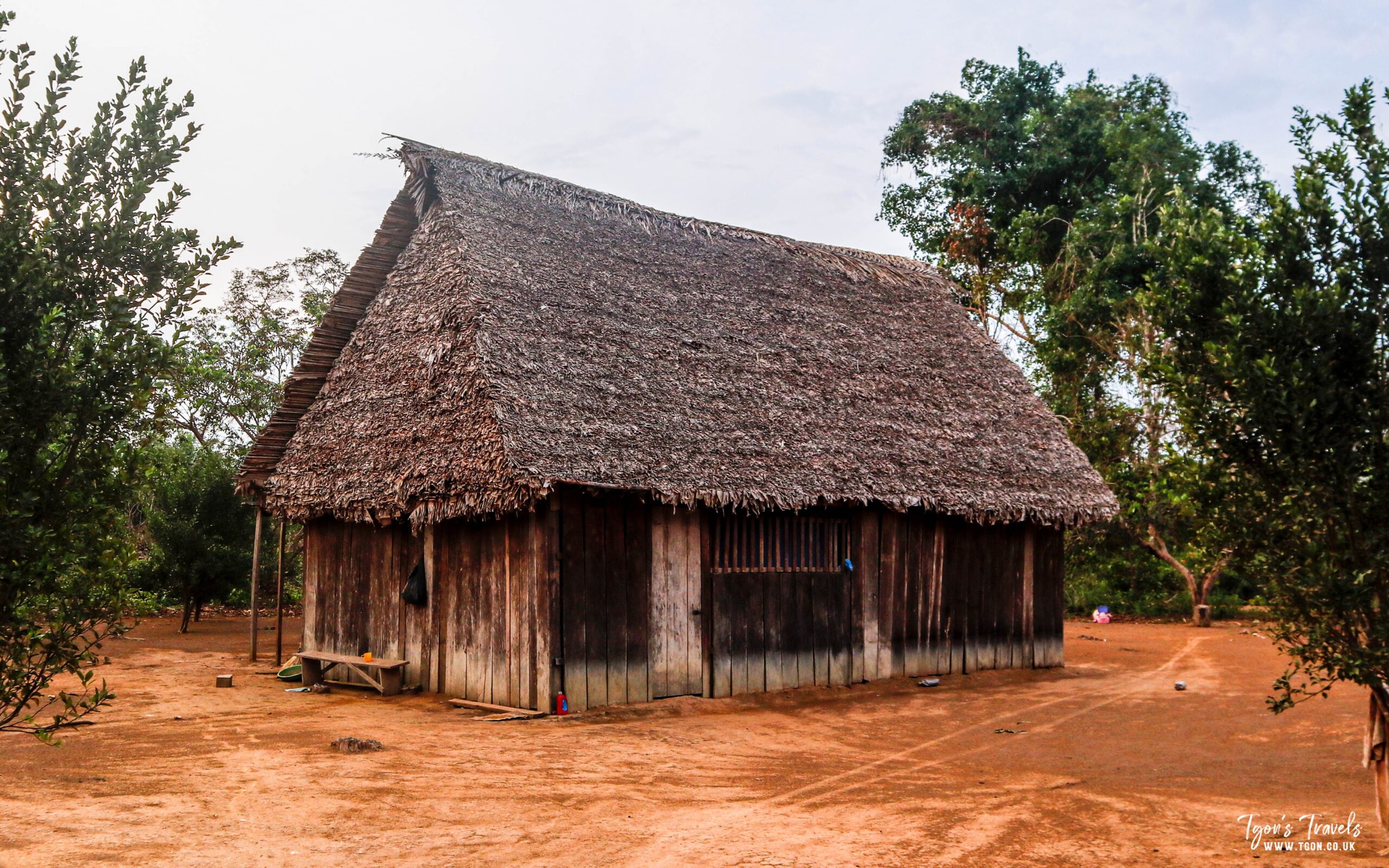
My first Amazonian Village
Each day I would wake up and cycle as far north as I could, keeping in mind that I wanted to camp close enough to a shop so that I could buy supplies. My last night on the road before getting to El Triangulo, I arrived in quite a large village. The village was called Los Cayuces. I saw a hostel there on google maps. So I assumed it was quite a big village or small town. But when I arrived, the locals told me there wasn’t a hostel, or a restaurant, or even a local shop. But they said I could camp there and they offered to cook a meal for me. This ended up being one of my favourite places in Bolivia up to that point. It was a real Amazonian village. It reminded me of Africa so much that I felt right at home.
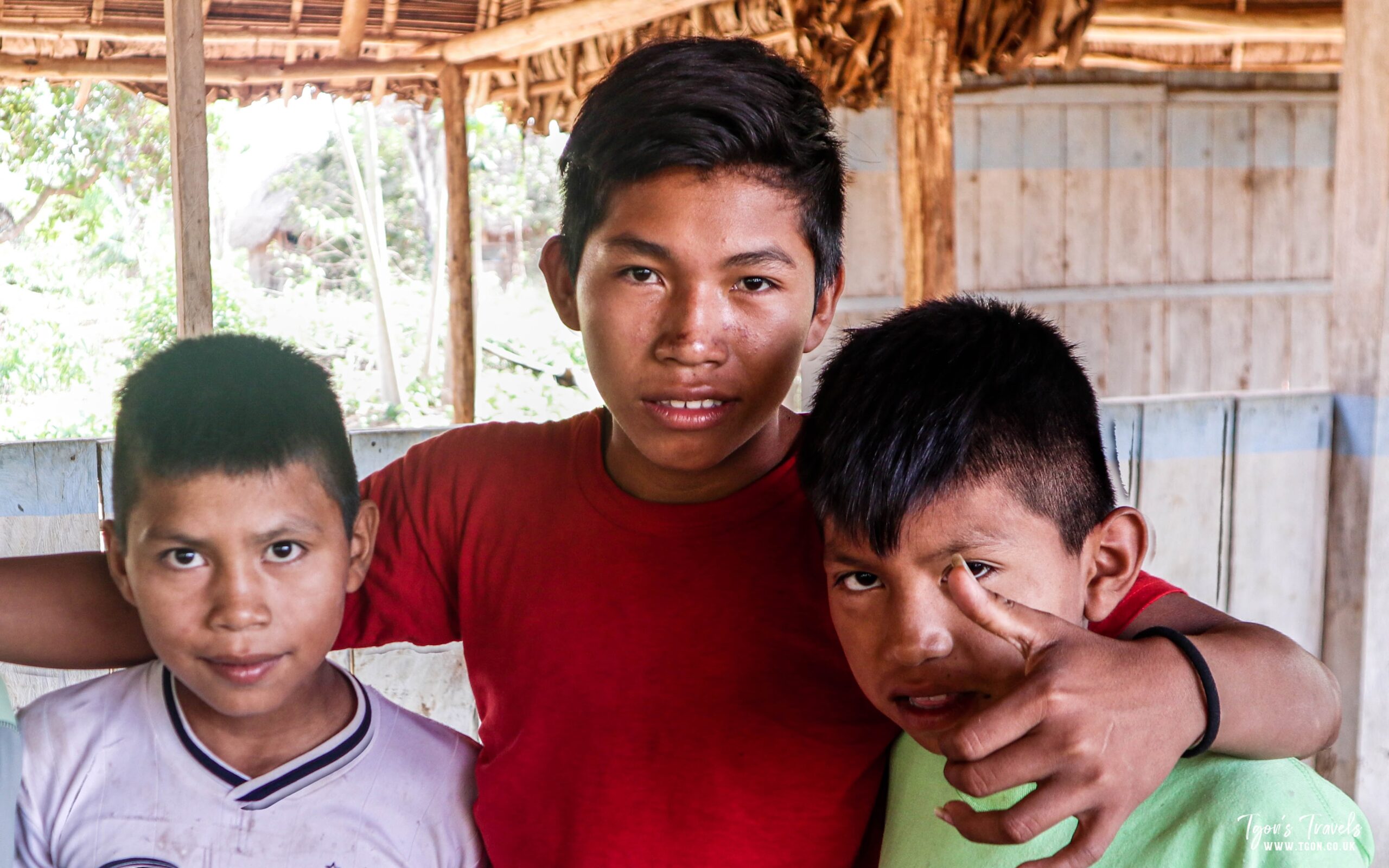
Not Finished Yet…
As I set up my tent, I had an audience. A group of children from the village were stood watching what I was doing. Then the next morning, I flew my drone a little and the children were curious to see that too. I really love these environments. The houses, people, nature and climate just make me feel like I’m back in Africa. But I had to leave and get to a place with mobile phone signal and electricity. So I cycled to El Triangulo. This was supposed to be my final stop for the week and I was ready to take a rest day. But when I got to El Triangulo I realised that this wasn’t a good place to take a rest day. I know that I have compared towns to truck stops before on this trip. But this place is literally a truck stop. But because it is so remote, its expensive. They were asking around 40-60 Bolivianos for a room. Just a bed, no lights, no electricity. I just couldn’t bring myself to pay. So I ended up camping outside a restaurant again. This was my 5th night sleeping on this road, but I needed to keep going before I could rest. I looked at my map and could see that there was a village on the border between the Beni and Pando regions. But it was another 50km. Bringing my weekly total distance up to 400km this week. So I set off the next morning.
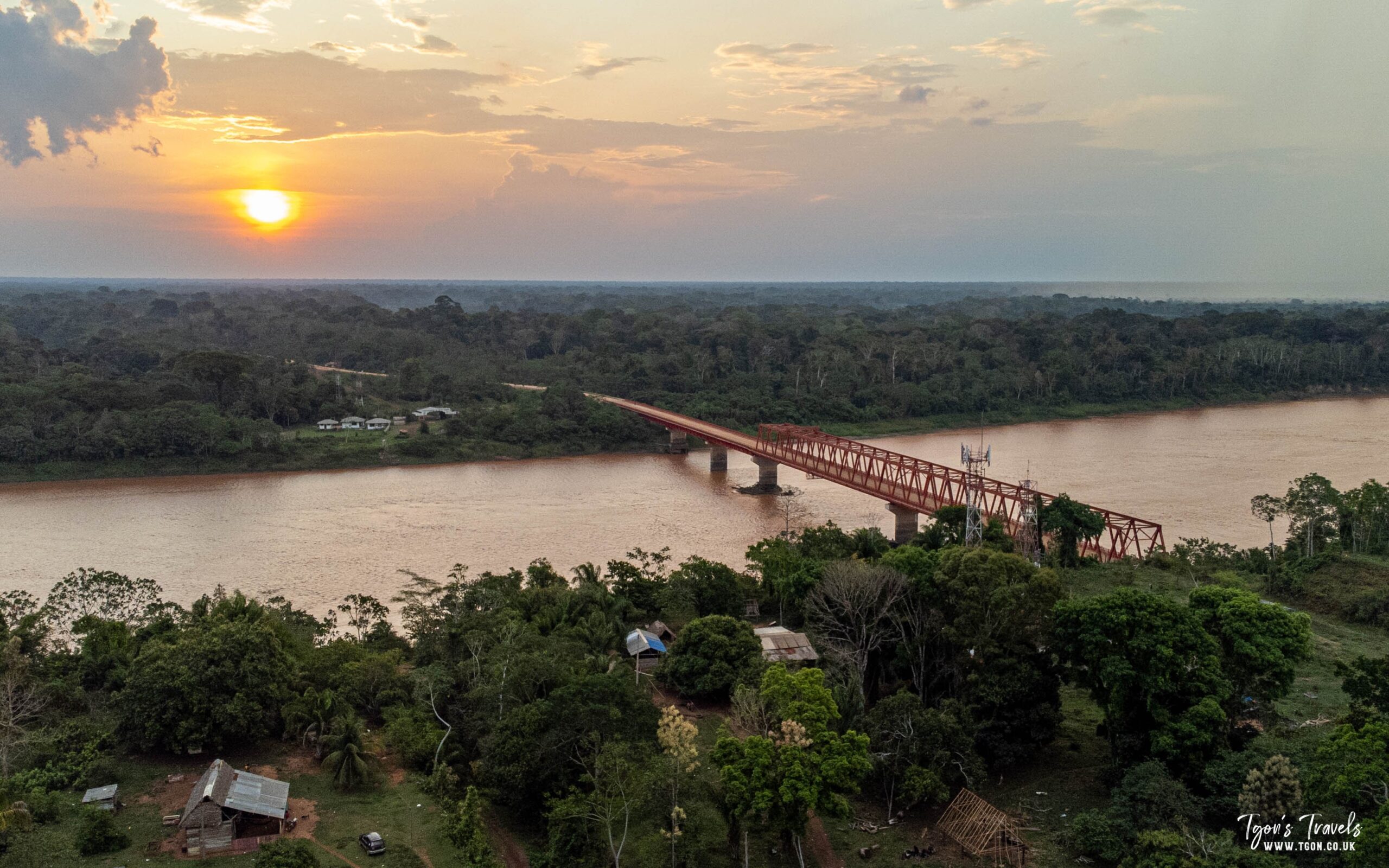
On the Border of the Pando Region
The road to the Pando region was pretty bad. A dirt road with a lot of corrugations. But the area surrounding the road was a lot better than I had for the week up to now. The 50km went pretty fast and I found a place to stay. The village is called Peña Amarilla. It’s right next to a bridge over the Beni River, which is also the border between the regions. The village doesn’t have running water, so the hostel had a long drop toilet and I had to go to wash near the bridge. It looked like a storm drain, but everyone in the village collects water there to take to their houses. It was a new experience for me to shower in a place like that, but I just got on with it. This I headed back to my room and settled down ready for a well earned rest.
